Difference Between Bump and Sequential Firing – A Comparative Study
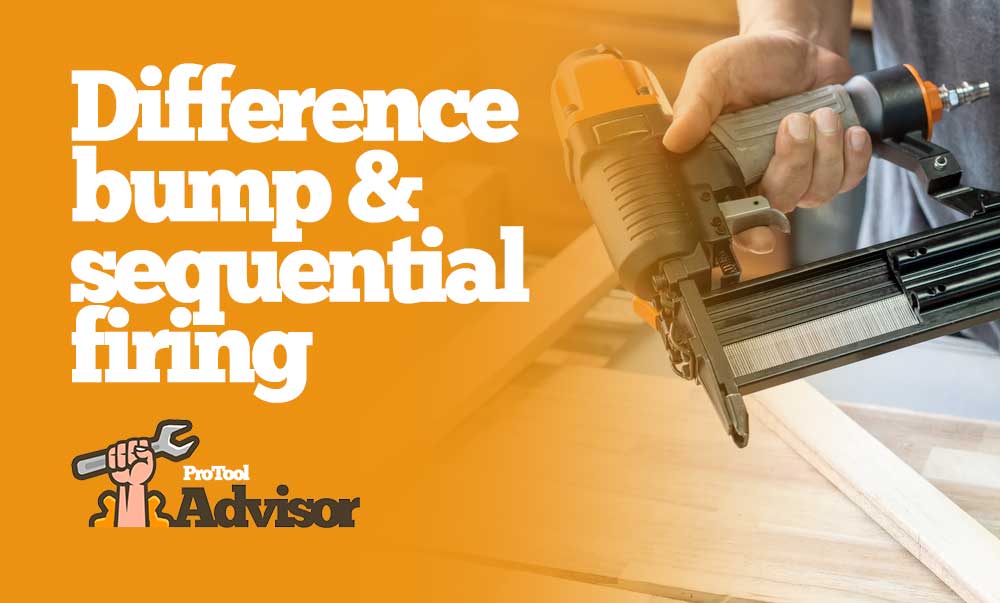 Are you wondering what trigger system your electric nail gun comes with? Nail guns are powerful machines that incorporate an easy-to-use trigger system to improve the efficiency of work.
Are you wondering what trigger system your electric nail gun comes with? Nail guns are powerful machines that incorporate an easy-to-use trigger system to improve the efficiency of work.
However, to get the best productivity out of your power tool, understanding different trigger mechanisms is important. Depending on the user’s technique of using the trigger and safety tip, the trigger styles of nail guns vary. And in that case nail guns are available with two trigger styles: Bump firing trigger and sequential firing trigger.
The following guide will provide you with key information about the difference between bump and sequential firing to minimize the safety issues of the user. Read along to know further information about bump firing and sequential firing mechanism:
Sequential Firing V/S Bump Firing
Two systems are available for driving nails in a staple gun. One is sequential firing and the other is a bump or contact firing. You can differentiate these two mechanisms by the operation or control of the safety contact tip and trigger style.
In sequential firing, a single staple is allowed to fire after the safety tip has been activated and the trigger has been released. When bump shooting, the staples are released while squeezing the trigger and pressing the safety tip toward the ground.
To clearly understand the difference between bump and sequential firing, you have to know 3 specific terms which are followed below:
Full sequential firing
Full sequential firing is also known as single-shot firing because, in this firing system, the operator operates the controls sequentially. It involves squeezing the safety tip first and then driving the trigger to fire a single nail. This also involves taking away the tool from the workpiece after every fastener application.
This nail-shooting system prioritizes precision the most over speed. Therefore it is ideal for smaller tasks such as woodworking, framing, and fastening objects with well-defined openings.
Single sequential firing
Single sequential firing works in the same way as full sequential firing because it also involves operating the controls sequentially. However, you don’t have to raise the tool. Simply move the safety tip across the floor in its place. However, a full sequential trigger works more quickly than a single sequential trigger system.
Bump firing
Bump firing is also called contact firing which involves shooting nails constantly by “bumping” the safety tip against an object. This is ideal for larger projects where speed is more important than precision. Bump firing works most effectively on straight-up, level surfaces like flooring, fencing, siding, and pallet projects.
Besides, this mechanism allows you to discharge nails more quickly because the sequence of the control doesn’t readily affect the trigger system. To discharge nails by bump firing, you have to squeeze the trigger and depress the safety tip simultaneously.
When it comes to quickly firing various fasteners like jobs in roofing, bump firing is the best option although it often poses a high level of risk.
The Difference Between Bump Firing and Sequential Firing | In a Quick Table
| Features | Bump firing | Sequential firing |
| Trigger pull | Involves pulling the trigger continuously | Involves single pulling of trigger for each nail |
| Mechanism | Allows single nail firing by first activating the safety tip and then pulling the trigger | The nails are fired while pulling the trigger and activating the safety tip against the surface |
| Firing rate | The firing rate is faster | The firing rate is slower |
| Characteristics | Prioritize speed the most over the precision | Prioritize precision the most over speed |
| Safety | Relatively less safe than sequential firing and more likely to cause accidental shooting | Quite a safer mechanism and ensures a controlled operation |
| Precision | Less accurate nail placement | More accurate nail placement |
| Skill level | Easier to use with less skill required | Requires more skill and practice for operation |
| Applications | Ideal for larger projects such as flooring, roofing, fencing, siding, and pallet projects. | Ideal for smaller projects such as carpentry, framing, and fastening objects with well-defined holes. |
Frequently Asked Questions (FAQs):
Q: What nail gun firing mode is the safest?
Full sequential firing mode is the safest option for nail guns. It ensures a controlled operation and prevents accidental firing by only shooting a nail when the controls are engaged in the correct sequence.
Q: What do you mean by sequential trip?
The sequential trip involves first activating the trip against the working object before pulling the trigger to strike a nail. When it comes to shooting further nails, you have to remove the tool, loosen the trigger and then proceed again.
Q: Which shooting technique is best for me?
Your preferences and the kind of work you’re doing will determine whether you bump fire or sequential fire. Although bump firing can be quicker and less exhausting, it can also be less precise and secure. Sequential firing is thought to be slower and more challenging, but it is also thought to be safer and more precise. When deciding which firing method to employ, take into account your degree of expertise and the nature of your work.
Conclusion
In conclusion, the difference between the bump and sequential firing of nail guns lies in the way the nails are fired. While both methods have their advantages and disadvantages, bump firing can be more efficient for rapid nailing in large areas, but it may also be less precise and potentially dangerous if the user is not experienced.
Sequential firing, on the other hand, offers greater precision and control, making it a better option for precise nailing in smaller areas.
Ultimately, the choice between bump and sequential firing depends on the specific application and the user’s skill level and preference. It’s important to consider the task at hand, the user’s experience and comfort level, and the safety implications of each method when selecting a nail gun firing mode.

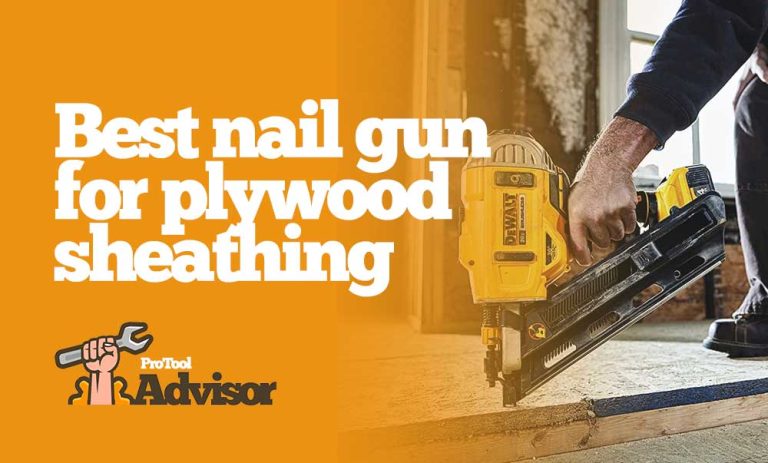
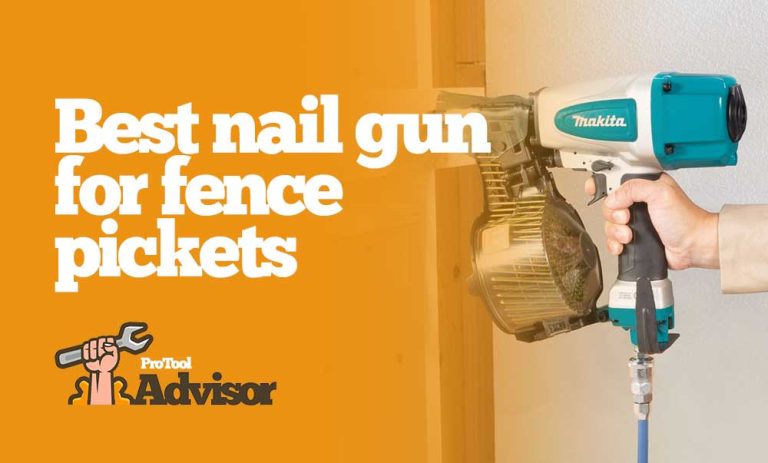
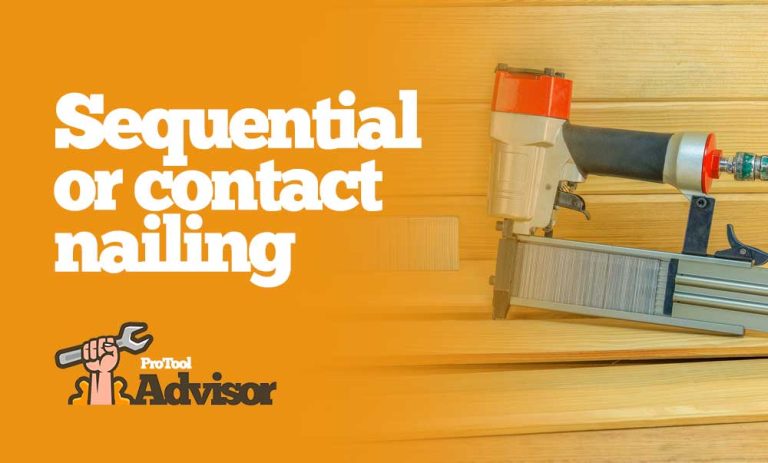
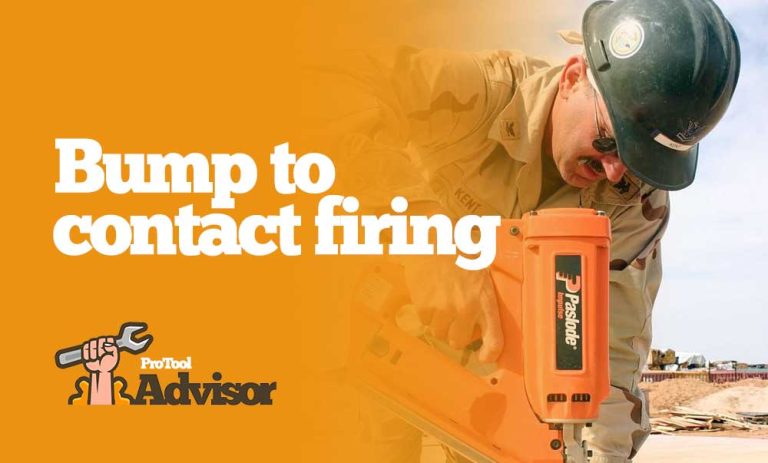
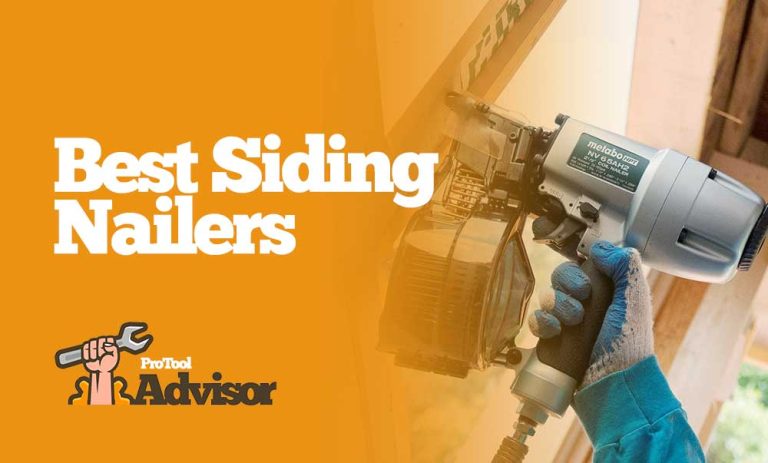
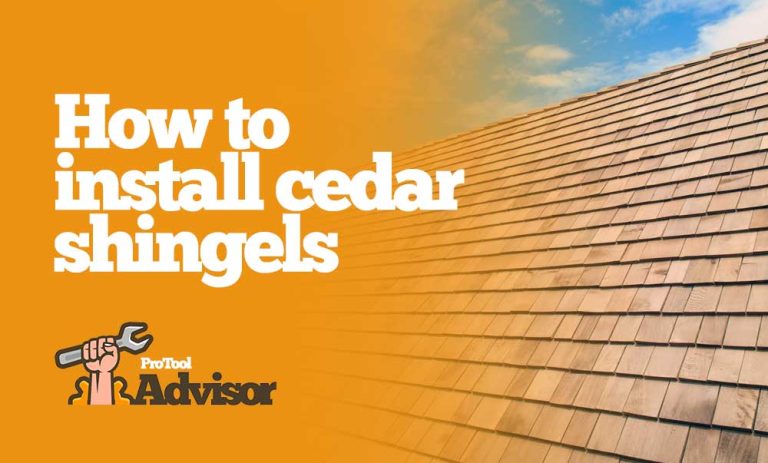
3 Comments